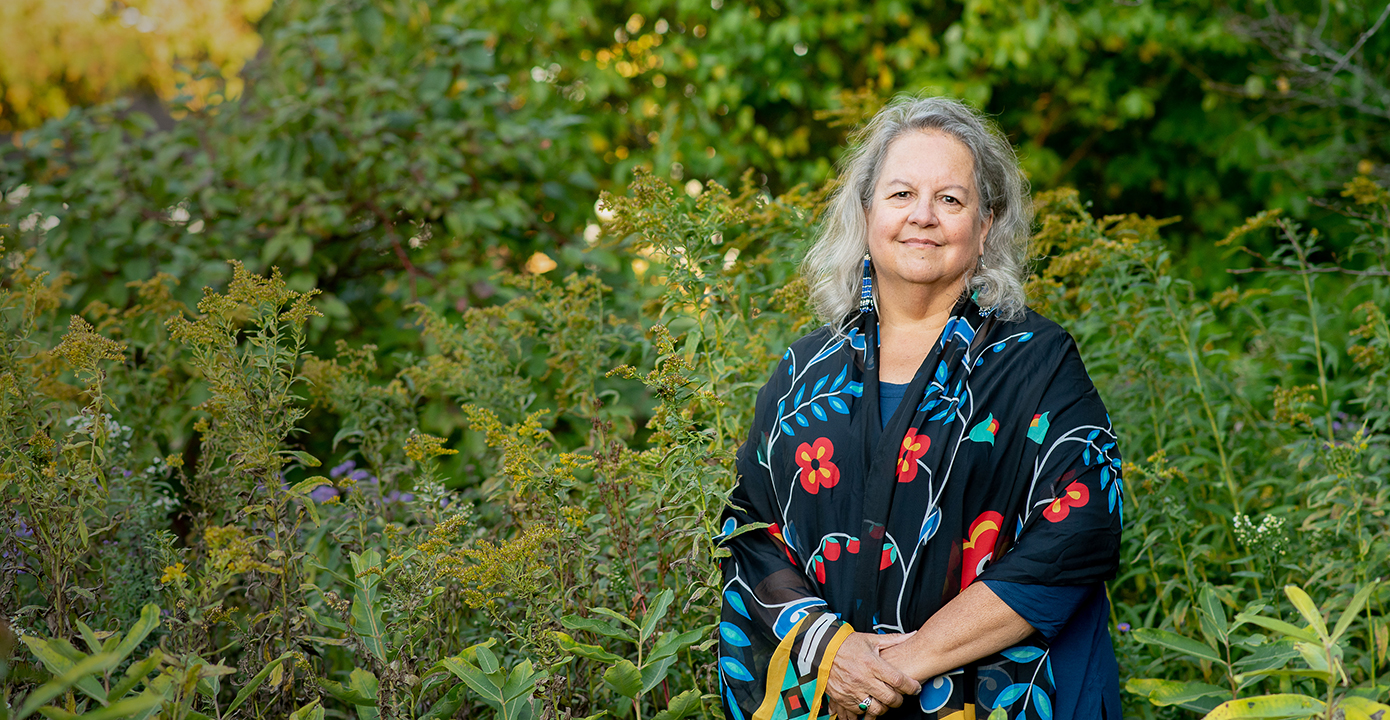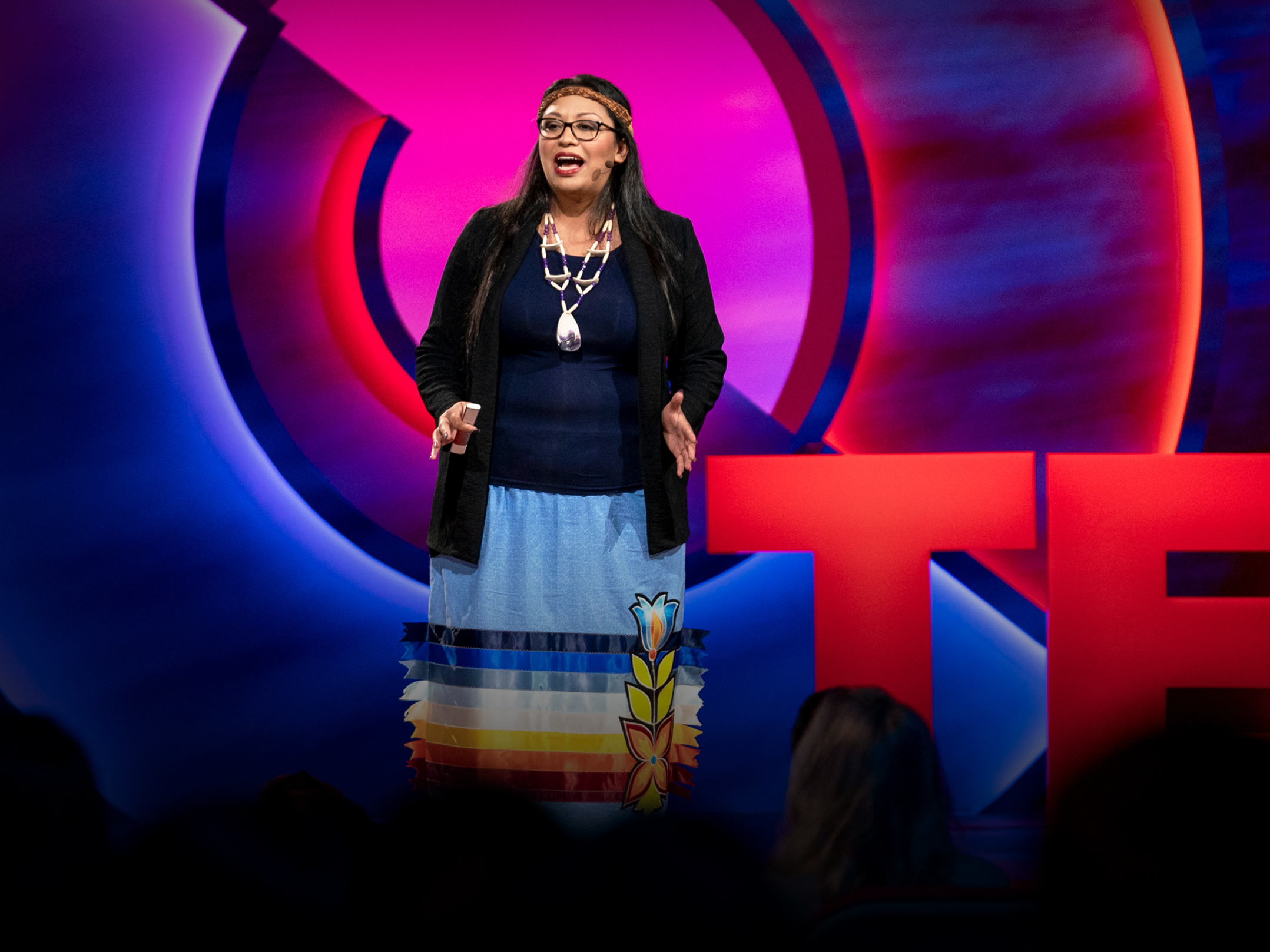The fashion industry is part of everyone’s daily lives, whether we consider it daily or not. For the past few years, I have greatly considered how fashion plays in my life and what that means for my own personal goals to live a more sustainable life. I found myself following trends, buying cheap and trendy clothes, and getting new clothes on a monthly basis. For me, I had not only an interest in fashion but also found myself constantly consuming media feeding me new trends. With the social pressures of college many students want to feel as if they fit in, and fashion plays a large role in how we present ourselves. However, what does that mean for our footprint, and how do we change for a more sustainable future?
In order to improve my carbon footprint, I first had to address how I thought about fast fashion. Breaking away from fast fashion was key to me finding a more sustainable path, and considering how what I buy and consume contributes to the huge sustainability problem of waste. At first I struggled to recognize fast fashion as opposed to my personal style, and I discovered it’s truly more about the individual garment than it is the concept. The best way to figure out if something is fast fashion is considering two factors: (1) versatility and (2) quality. Versatility to me is considering how long I will want to wear this and how often I will wear it. Considering the versatility of a garment combats the overconsumption problem that many of us face. Everyone has been there, where you buy a super cute outfit, and it sits in your closet for months waiting for the ‘perfect occasion’ or ‘perfect outfit’. This is just not a sustainable way to consume, no matter where the garment is sourced from.
Quality is one of the major contributors to the carbon footprint of clothes. Buying clothes that lose their shape, fall apart, or decline in quality are an easy trap to fall into, and almost always results in far more waste than necessary, around 81.5 lbs per person each year. This is an entirely avoidable problem, if we frame clothes as an investment in quality, rather than a disposable good. We are seeing an epidemic of previously high-quality brands reducing their own quality standards of fabrics. Lululemon is a classic example of a reputable brand that has been swept into the waves of fast fashion. Their leggings are becoming increasingly sheer, and showing signs of increased pilling compared to similar garments made 5 to 10 years earlier, with prices staying in the mid-luxury range. Companies like this can be deceiving, so it’s important to do your research before deciding to purchase.

Transitioning to slow fashion doesn’t have to be hard, and certainly doesn’t have to be expensive. Consider your clothes a one time investment. First consider why you want something, is it trendy or do you need it? I like to consider if I would have worn it 5 years ago and if I see myself wearing it in 5 years. This does not have to mean keeping your closet simple or basic. Find your own personal style and buy items that suit it. However when choosing items consider the quality, check for loose strings or holes and consider 100% fabrics or synthetic fibers as opposed to fabrics mixed with spandex or polyester that might be less flattering and less durable. Second hand doesn’t mean better if you still continue over consuming, so focus on building your dream closet, not TikTok’s dream closet. Find quality clothes that will stand the test of time, and that you will continue to love for years.
The fashion industry will not be fixed overnight, as there are a myriad of problems. However, we can each work to reduce our own footprints in order to combat a much larger issue, while changing the narrative in what quality and standards we expect from brands. The industry is fueled by its consumers, and while the weight of all of fashion’s carbon footprint should not rest on our individual shoulders, I have found that each individual can have a small impact on the industry and most importantly those around us.
Sources:
“Exposing the Truth about Lululemon.” Her Campus | Created for Gen Z, By Gen Z., 17 Feb. 2021, www.hercampus.com/school/western/exposing-truth-about-lululemon/.
Igini, Martina. “10 Concerning Fast Fashion Waste Statistics.” Earth.Org, 21 Aug. 2023, earth.org/statistics-about-fast-fashion-waste/.
“The Myth of Sustainable Fashion.” Harvard Business Review, 14 Jan. 2022, hbr.org/2022/01/the-myth-of-sustainable-fashion.
“Slow Fashion: How to Keep Your Favourite Clothes for Ever – from Laundering to Moth-Proofing.” The Guardian, Guardian News and Media, 1 Aug. 2019, www.theguardian.com/fashion/2019/aug/01/slow-fashion-how-to-keep-your-favourite-clothes-for-ever-from-laundering-to-moth-proofing#:~:text=Know%20your%20fabrics&text=If%20you%20have%20two%20identical,cotton%20or%20100%25%20merino%20wool.





